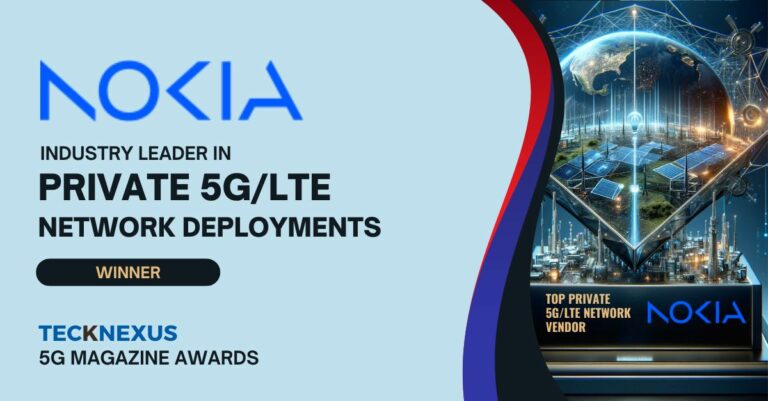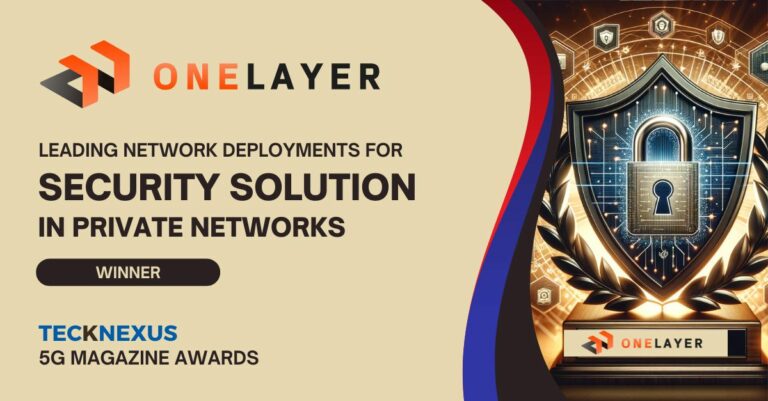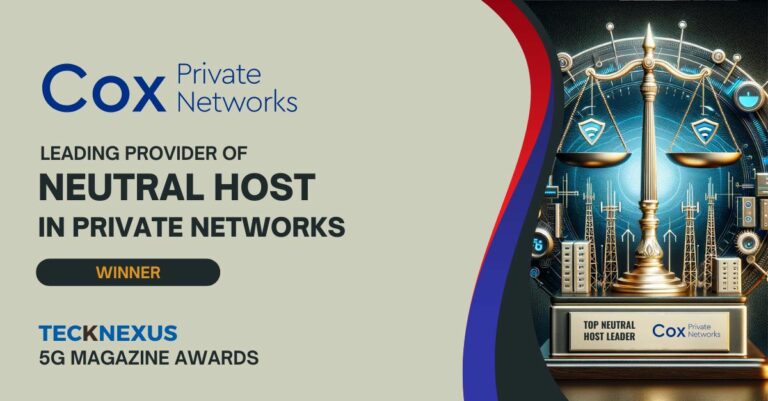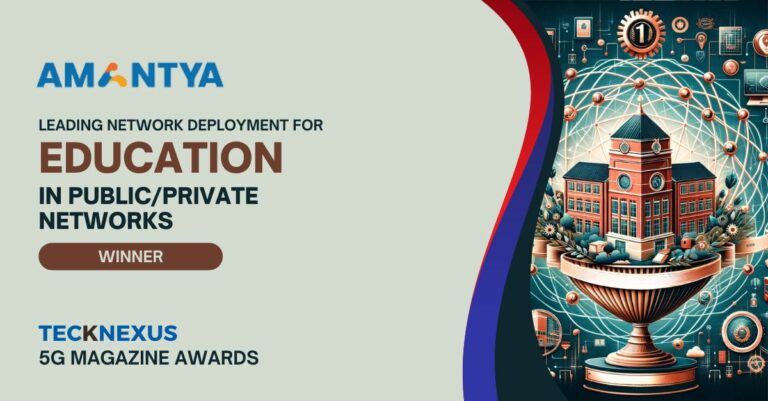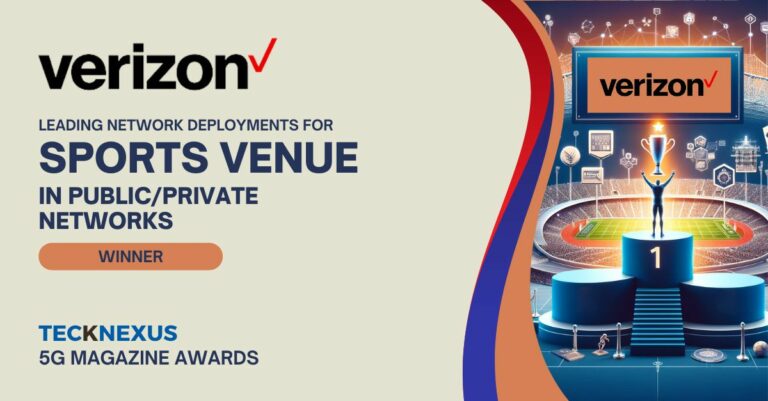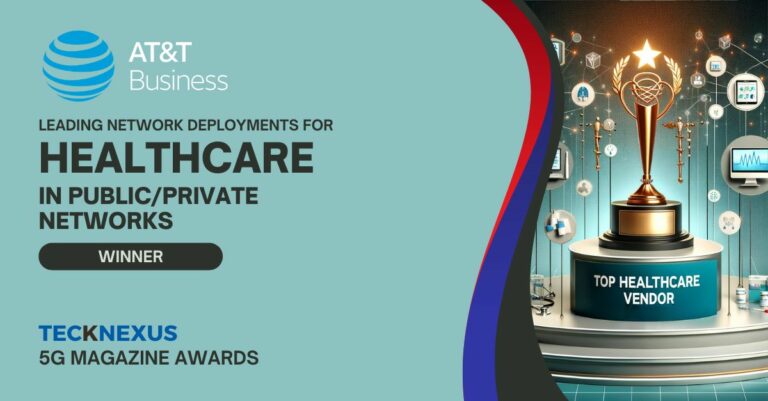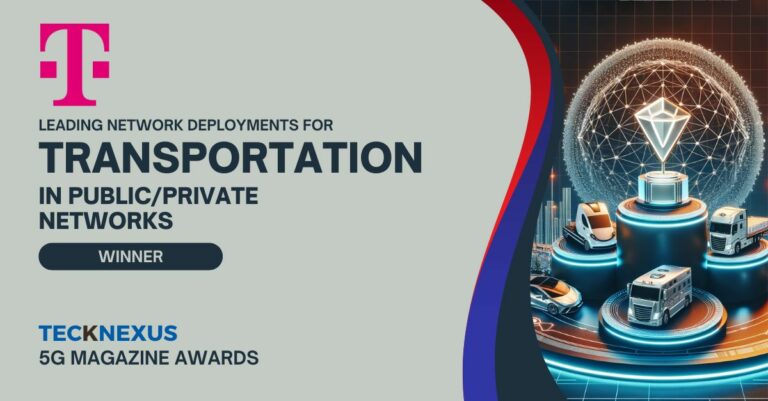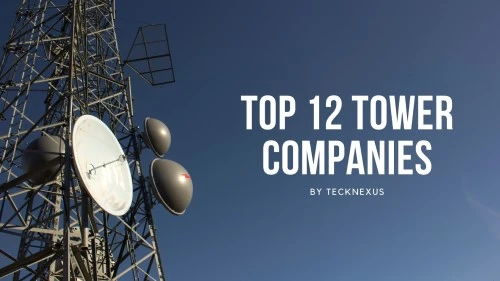Interview with Ravi Sinha, Chairman, Emerging Technology, Small Cell Forum, and Director, Technology Development and Solutions (4G, 5G & MEC Solutions) at Reliance Jio
How is SCF accelerating the adoption of small cells?
SCF, being one of the world bodies, is promoting a small cell ecosystem. We all are working to build much healthier, more flexible, and industry-consumption-worthy frameworks overall. And SCF, being the torchbearers of small cells, works in four prongs. The very first prong is components and interfaces. Within components and interfaces, the different groups work on multiple solutions for a split 6, split 0, and a split two – towards the reference designs for the hardware and interfaces. SCF brought the concepts of FAPI, and being the torchbearers; we’re taking it forward all up to the 5G specs. At present, in terms of interfaces, we have already released the three different versions of FAPI i.e.
- 5G FAPI: PHY API’ – main data path (P7) and PHY mode control (P5) interface [SCF222]
- ‘5G FAPI: RF and Digital Front End Control API’ – (P19) for Frontend Unit control [SCF223]
- ‘Network Monitor Mode API’ – (P4) for 2G/3G/4G/5G [SCF224]
So, those releases are already available for industry consumption. There is a lot of work going on towards RF FAPI, where we all are working hard as a team to release the beamforming capabilities to our small cells. So if you see the components and then interfaces are coming along in a very effective way for the industry to get all our specifications, white papers in a consumable way, and it adds value to what we are doing. The second prong is products and solutions. Earlier, if you see the history, we have mainly worked towards the components and interfaces, and of course, FAPI and nFAPI are very close to our hearts. But, since we are working so closely with the industry on the interfaces, we decided to bring the frameworks and the blueprints. The blueprints and frameworks would enable all the components we are building together to be a part of a solution that the industry can take based on how they want to consume. And that’s how we have started this whole blueprint initiative. And this is going to be a big initiative and close to something which industry can directly consume or consume with the different kinds of services they can have. The third one is all about deployments and operations. We have done a lot of work in the recent past, and we are keeping on doing with a neutral host, especially in the UK with JOTS and multiple operators – MVNOs, MNOs, CSPs- to share a common RF infra or RF plus core infra. We are mainly focused on RF or the RAN piece of it, and how at the edge of 5G and going forward to 6G, the different operators can use the common infrastructure to optimize the cost or consumption space. So a lot of advantages. And then last but not least is the market – because when you’re building the components and the interfaces on top of it, along with the deployment and operations aspect, you are bringing all your blueprints and frameworks. But then when these three layers are built, ultimately it also gives you the opportunity to go for the market, how the market moves, seeing a value to each other within SCF, outside SCF, and how with partnerships, these recommendations and proposals can be brought to the reality and go to the deployment. So, SCF is also building a good and healthy market ecosystem, which is the top layer. It will be a complete 360 where we started from components and interfaces, gone to products and solutions, and then on top of it deployment operation and then market. So this is how we’re envisioning overall. And this is the new look of SCF, we wanted to add value in the sense that it’s not only limited to the white paper or specs, but it is going to the solutions and deployments. This is how SCF is adding value to the industry.
What are SCF focus areas and new initiatives for small cell adoption?
At present, there are two phases that we are planning for: The first phase will focus on the enterprise 5G private networks deployed in isolation from the public network. Because nowadays we see all the industries, mining and a lot of other enterprises, they are at remote places, or at an isolated place, or even if they’re in urban and semi-urban locations, they wanted data sovereignty, where they have data control, and everything is local to them. So for them, this particular use case fits well. And that’s the reason this use case has higher priority, which can go in coordination with MNO.
The fastest-growing area of small cell deployment is in private enterprise networks (SCF forecast – see right)
- However, there are barriers. 36% of deployers said they would roll out more quickly if more plug-and-play deployments were enabled.
- Enterprises are accustomed to certification in other networks and will demand the same for cellular
The second phase will be worked in parallel as an extension to the first phase as a complete MNO-driven enterprise where they can be a part of your connectivity and a part of your smartness. In both these two phases, hyper scalars will play a big role because they can easily fit into your standard isolated case or coordination with MNO. Since coordination with MNO is a proven model where hyperscalers work hand in hand with MNOs, these are the two priorities. After that, CV2X and Industry 4.0 will be the final goal because that is where a big chunk of effort will be consumed.
What business needs and challenges would the SCF technical and deployment blueprints address compared to similar initiatives by other industry bodies?
The challenges with all the initiatives, especially coming from SCF and, of course, O-RAN and a couple of others, who are championing the concept of open RAN, are working in bits and pieces very much defined in certain areas. Being an industry, if you have to consume, you have to add a lot of other stuff on the top to build a solution for a trial or for final consumption or for deployments. So, the challenges are many, especially if you think about the whole Open RAN concept, starting from standardization, specs, and interfaces. And then, on top of it, cloud-native fabric and supply chain-related challenges. With all these challenges, you ultimately move towards a supply chain superiority where you can mix, match and pick the best cost-optimized solution. These challenges will be optimized or minimized if you evolve like all the platforms such as SCF and O-RAN evolved from the components or interface solution provider to a framework or blueprint solution provider. Then, people can see turnkey options available to them with services, partnerships, and collaborations where they can put their management layers and deploy them the way they want. So this is SCF’s vision. There are multiple challenges that the technology is new, Open RAN is something where everybody believes in, but then again, contribution and bringing it to real consumption is a big challenge. But I see that SCF, ORAN, and WPA – we all are working as a team collaborating to bring our best foot forward and solve some of the major existing problems.
| Industry Blueprints (Private NW) |
Difference to SCF BP |
| TIP Private NW BP |
Focused and prioritized on Split 7.2. Major Focus on Macro Base stations |
| OAISA Private NW BP |
Focused and prioritized on Split 7.2. Major Focus on Macro and Micro Base stations. Mainly an Opensource initiative with PoC and Academia in focus. |
| 5GAA Private NW BP |
Edge Architecture focused on Automotive, having Vehicle unit and infra around as priorities. |
| MulteFire BP |
Uni5G Blueprint caters to Unlicensed bands (2.4 GHz and 5GHz) |
Who are the ecosystem stakeholders, and what is the value proposition for them?
The ecosystem players in the last 10 to 15 years, the ecosystem players were going to the turnkey solution providers but now have moved from there towards the services. Earlier connectivity was a priority, and then, later on, services kind of dominated, and now it’s all about services. So, the ecosystem itself has changed and evolved a lot. Now, it is an MNO, it is a CSP, it is a PNO play with the hyper-scalars. In the era of the private network, the property owner or that specific industry owner wants to own the connectivity and service fabric with them. So the ecosystem itself has evolved, like even the solution provider has changed from MNO to MVNO, PNO, and neutral host operators. But the operators were playing in their own silos, where they were powerful, they had the might, but as they started moving to a private network or enterprise private network domains, they were not that much enabled. And then, there is a lot of confusion about how to build, what the challenges are, and who will be my partner. So, slowly the industry is supporting the ecosystem so that everyone is playing as a team member and helping each other. Some of the initiatives will be related to blueprints and frameworks. The ecosystem overall management will be funneled in the right direction where hyperscalers, MNOs, PNOs, neutral host owners, or the property owners themselves can manage the way they want, whether it’s a local data priority like sovereignty to fully hyper scalar based approaches. So the ecosystem has evolved a lot. But I’m seeing a lot of permutations and combinations where the different ecosystem stakeholders are taking the responsibility in going forward for this whole Open RAN initiative.
What’s the timeline for this initiative? And what’s the roadmap?
The whole blueprint, consisting of multiple blueprints within it, is already released, and the related documents are already available. The enterprise blueprint will first have infrastructure-as-a-service (since this is a cloud-native initiative). Then, on top of it, it will have network function as a service, then management as a service, followed by system integration and certification. So multiple layers will be built within these frameworks. We now see a unique proposition where the first time, the small cell is a major focus. Interfaces they all come, but we are not only talking about nFAPI or a split six, but we are also talking about a split zero and a split two, then putting all of them under a common fabric in terms of management, cloud-native assets, and ultimately going forward for scalable deployment. And we will come with minimum viable product specs, product requirement documents, reference design, and use case-specific individual blueprints. We are also working with industry and stakeholders to have a contributed open-source software fabric in time. The timeline is second quarter 2022. So in the coming three quarters, we’ll have the framework in place. And I’m hopeful that in a couple of quarters, we’ll have the open-source software stacks also available. So the target for the first phase is the second quarter of 2022, and for the MNO coordinated blueprints, the target is the first quarter of 2023. Phase-1
- Enterprise 5G Pvt NW (Isolated) IaaS, PaaS, NFaaS, MaaS, SIaaS Sub-blueprint delivery.
- MVP, PRD, Ref Design.
- Test Frameworks.
- Badging and Certificates.
- Projected Delivery TimeLine: Q2-2022
Phase-2
- Enterprise 5G Pvt NW (MNO) IaaS, PaaS, NFaaS, MaaS, SIaaS Sub-blueprint delivery.
- MVP, PRD, Ref Design.
- Test Frameworks.
- Badging and Certificates.
- Projected Delivery TimeLine: Q1-2023
Future (CV2X and Industry 4.0)








